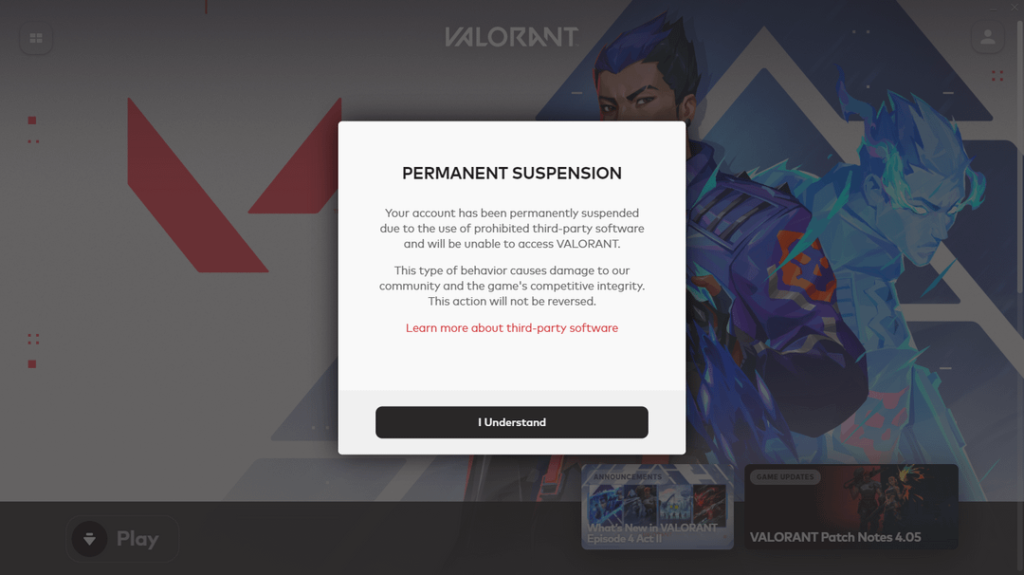As a seasoned hacker, you already know that when it comes to maintaining dominance in the competitive gaming scene, every advantage counts. For Valorant, the secret sauce isn’t just about sharp reflexes or pinpoint accuracy—it’s about mastering the art of spoofing. In this guide, we’ll dive deep into the technical prowess required to spoof your way through Riot Games’ anti-cheat system, Vanguard, and the rewards that come with it.
The Power of HWID Spoofing
At the core of spoofing in Valorant is HWID (Hardware ID) spoofing. Every piece of hardware in your rig, from your CPU to your SSD, has a unique identifier that Vanguard tracks. When you’re flagged, this ID is what’s banned. The genius of HWID spoofing is in its ability to alter these identifiers, making Riot’s anti-cheat believe you’re using an entirely different machine.

Key Features of a Robust HWID Spoofer
- Disk Spoofing: This technique retrieves SCSI port and bus information from your Windows registry, allowing you to generate random disk identifiers. With new serial numbers for your disk peripherals, your machine becomes untraceable by the game’s security systems.
- GUID Spoofing: Vanguard tracks various GUIDs (Globally Unique Identifiers) across your system. Any top-tier spoofer updates these, ensuring that your digital footprint is entirely different each time you log in.
- MAC Address Spoofing: Network adapters are often a telltale sign of a banned machine. Advanced spoofers generate new MAC addresses, fooling the system into thinking you’re on a different network. The process involves registry modifications and temporarily disabling and re-enabling your local area connection to apply the changes.
- PC Name Spoofing: Beyond the hardware itself, even your PC’s name can be a giveaway. High-quality spoofers will randomize your PC’s name, altering registry keys associated with ComputerName, ActiveComputerName, and Hostname to throw off Vanguard’s tracking.
- Cache Cleaning: For those using spoofing to jump between multiple accounts, cleaning out cache files is crucial. The best tools include features to purge all Riot Games and Ubisoft cache files, ensuring no residual data compromises your spoof.
The Tactical Edge
When you’re spoofing, you’re not just dodging a ban—you’re staying in the game with a clean slate, ready to dominate. Here’s how it translates into rewards:
- Consistent Play: No more downtime due to bans. Spoofing lets you hop back into Valorant immediately after a ban, keeping your performance intact.
- Unlimited Accounts: With spoofing, you can create as many accounts as you want, each one appearing as if it’s from a brand-new machine. This is particularly advantageous in ranked play, where a fresh account can keep you in the lower tiers, making smurfing a breeze (If you can grind to lvl20).
- Enhanced Privacy: Spoofing isn’t just about evading bans—it’s about keeping your gaming habits anonymous. By constantly altering your machine’s identity, you can evade tracking not just by the game’s anti-cheat, but by any third-party tools that might be snooping.

Conclusion
In the world of Valorant, staying ahead means more than just mastering your aim—it means mastering your environment. HWID spoofing is the ultimate tool for maintaining your edge, offering you the ability to circumvent bans, maintain multiple accounts, and keep your gaming habits private. With the right tools, you’re not just playing the game; you’re controlling it.
So, gear up with the best spoofers, clean your cache, and keep your identity fluid. In this digital battlefield, only the smartest players survive—and with spoofing, you’re always one step ahead.

